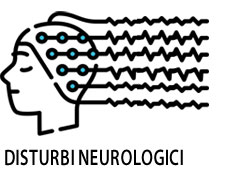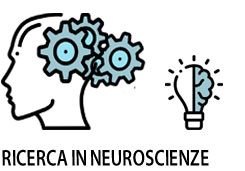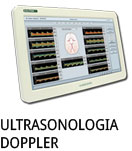- +39 011 5821948
- info@geasoluzioni.it
- Lun - Ven 8:00 - 17:30
Pubblicazioni
Reducing motor evoked potential amplitude variability through normalization
- Abstract:
- Background Transcranial Magnetic Stimulation (TMS) is used for in vivo assessment of human motor cortical excitability, with application of TMS pulses over the motor cortex resulting in muscle responses that can be recorded with electromyography (EMG) as Motor Evoked Potentials (MEPs). These have been widely explored as potential biomarkers for neuropsychiatric disorders but methodological heterogeneity in acquisition, and inherent high variability, have led to constraints in reproducibility. Normalization, consisting in scaling the signal of interest to a known and repeatable measurement, reduces variability and is standard practice for between-subject comparisons of EMG. The effect of normalization on variability of MEP amplitude has not yet been explored and was assessed here using several methods. Methods Three maximal voluntary isometric contractions (MVICs) and 40 MEPs were collected from the right hand in healthy volunteers, with a retest session conducted 4 to 8 weeks later. MEP amplitude was normalized using either external references (MVICs) or internal references (extreme MEPs). Iterative re-sampling of 30 normalized MEPs per subject was repeated 5,000 times to define, for each normalization method, distributions for between-subject coefficients of variation (CV) of the mean MEP amplitude. Intra-class correlation coefficients (ICC) were used to assess the impact of normalization on test–retest stability of MEP amplitude measurements. Results In the absence of normalization, MEPs collected from the right hand of 47 healthy volunteers were within reported values regarding between-subject variability (95% confidence intervals for the CV: [1.0567,1.0577]) and showed good temporal stability (ICC = 0.77). Internal reference normalization substantially reduced between-subject variability, by values of up to 64%, while external reference normalization had no impact or increased between-subject variability. Normalization with the smallest references reduced test–retest stability, with use of the largest references resulting in slight reduction or improvement of ICCs. Internal reference normalization using the largest MEPs was found to be robust to several sensitivity analyses. Conclusion Internal, but not external, reference normalization reduces between-subject variability of MEP amplitude, and has a minimal impact on within-subject variability when conducted with the largest references. Additional research is necessary to further validate these normalization methods toward potential use of MEPs as biomarkers of neuropsychiatric disorders.
- Patologie/Applicazioni:
- Anno:
- 2024
- Tipo di pubblicazione:
- Articolo
- Parola chiave:
- stimolazione magnetica transcranica; TMS; VEP; potenziali evocati motori; EMG; elettromiografia
- Testata scientifica:
- Frontiers
- Mese:
- 01
- Nota:
- Questo studio ha esaminato l'effetto di diverse tecniche di normalizzazione sull'ampiezza dei Potenziali Evocati Motori (PEM) per una corretta standardizzazione. Le procedure di stimolazione magnetica transcranica - comunemente usata per valutare l'eccitabilità corticale motoria umana, con la registrazione della risposta muscolare tramite elettromiografia (EMG) per ottenere PEM - sono state eseguite utilizzando uno stimolatore magnetico MagPro X100 con una bobina Cool-B65. L'analisi ha dimostrato che la normalizzazione "interna" (riferita al PEM di ampiezza massima) ha ridotto significativamente la variabilità tra gli individui, mentre quella "esterna" (riferita ad una massima contrazione isometrica volontaria) non ha ridotto la variabilità tra individui. Inoltre, la normalizzazione con riferimenti di ampiezza massima ha mostrato miglior stabilità rispetto ai riferimenti di ampiezza minima. In conclusione, questo studio propone un metodo robusto per una normalizzazione tra individui dei PEM, in ottica di un futuro utilizzo di tale metrica come biomarcatore nei disturbi neuropsichiatrici.
- DOI:
- 10.3389/fpsyt.2024.1279072
La nostra storia
GEA soluzioni si affaccia nel 2013 al mercato della strumentazione medicale di alto livello tecnologico ma la sua storia parte da più lontano, clicca qui per approfondire.
GEA SOLUZIONI SRL
via Issiglio 95/10, Torino
Tel.: 011 5821948 / 011 4463853
Fax: 011 0433281
Email: info @ geasoluzioni.it
P. IVA IT11696920013
REA TO1233648










